In this Earth Month series, we’re breaking down what exactly makes some seafood “good for you and the ocean too.”
Seafood is widely regarded as a healthy choice; it’s high in protein and good fats and is packed full of important vitamins and minerals that are hard to get elsewhere.
Plus, wild-caught seafood doesn’t have the hefty environmental impact that many other high-protein foods have. When compared to land-based animal proteins like chicken and beef, wild caught seafood has a lower carbon footprint, and requires no land, fresh water, fertilizers, or feed.
And, when fisheries are well-managed, they can provide generation after generation with a sustainable food source. Looking for the MSC blue fish label is a great way to make sure you can get the benefits of seafood while supporting well-managed, sustainable fisheries that don’t leave a lasting impact on the ocean.
So, how does salmon stack up?
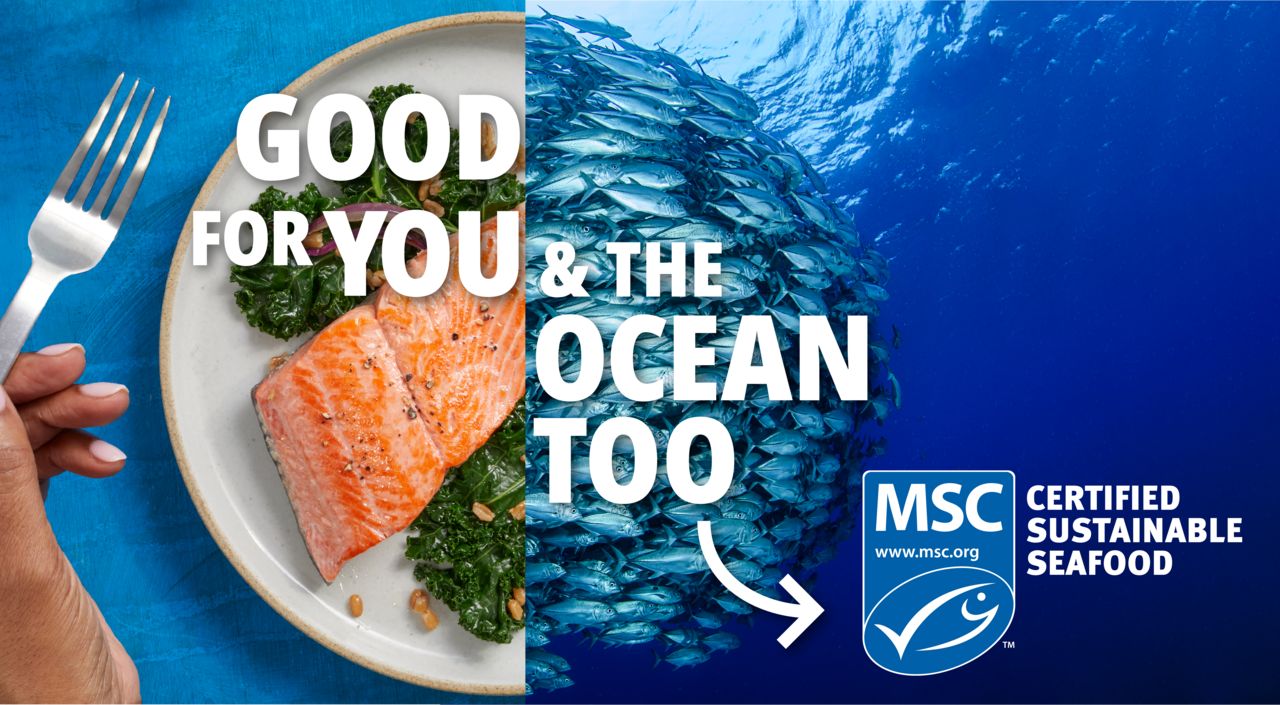
Is salmon healthy and sustainable?
Salmon has been one of the two most popular seafood options in North America for decades. And for good reason – it’s delicious, versatile, healthy, and easy to find. And when it comes from an MSC certified fishery, it’s also healthy for the ocean.
Wild salmon is good for you
There are five species of wild Pacific salmon in the North Pacific waters: chinook/king, sockeye/red, coho/silver, pink/humpback, and keta/chum, which means there is plenty of variety to choose from. Each species has its own flavor profile and can be used in different preparations and recipes.
The one thing all varieties have in common, though, is that salmon is one of the best sources of omega-3 fatty acids, which benefit the brain, heart, and eyes. Of all varieties, Chinook/King salmon has the highest omega-3 levels.
Salmon is also high in protein—one three ounce serving gives you 16.8 grams of protein—which helps protect bone health and prevent muscle loss, among other benefits. It also has many other nutrients like Vitamins A, B-12, and D, iron, and selenium.
The health benefits of salmon span a wide range of preparations, too. Whether you love lox in the morning, a pouch of pink salmon for a quick lunch, or a fillet of sockeye for dinner, you’re getting the health benefits of salmon.
And when those purchases come with the MSC blue fish label, you can be sure the ocean also benefits.
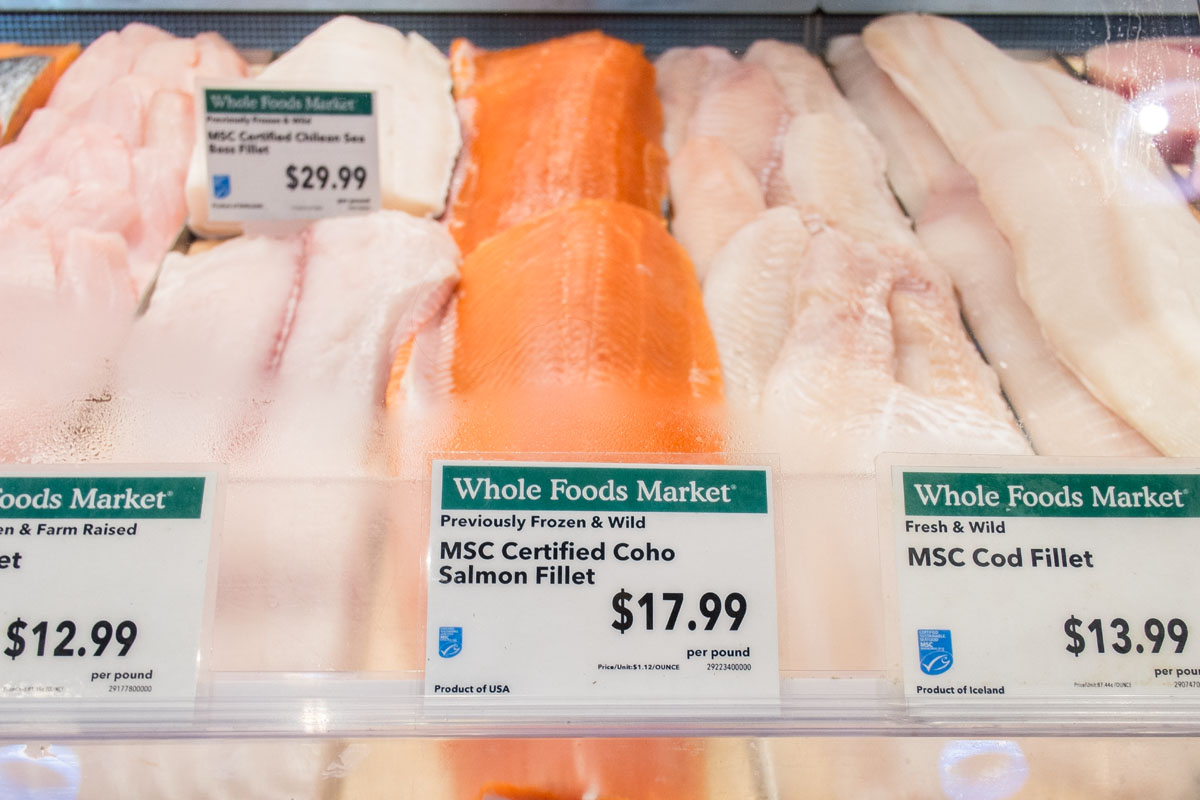
MSC certified salmon is good for the ocean
There are several ways to harvest salmon, like drift nets, set gillnets, purse seines, and trolling. But regardless of catch method, in the Alaska salmon fishery, they all have one thing in common: MSC certification.
In 2000, the Alaska Salmon Fishery became the first fishery in the US to achieve MSC certification. Over the last 25 years, salmon fishers in Alaska have made it easy for seafood eaters to find delicious, sustainable salmon all over the world with the MSC blue fish label.
But sustainable salmon fishing goes back much further than a quarter of a century. In fact, requirements for a sustainable salmon fishery were written into the state’s constitution in the 1950s.
“Fish, forests, wildlife, grasslands, and all other replenishable resources belonging to the State shall be utilized, developed, and maintained on the sustained yield principle….”
-Article VIII, Alaska State Constitution
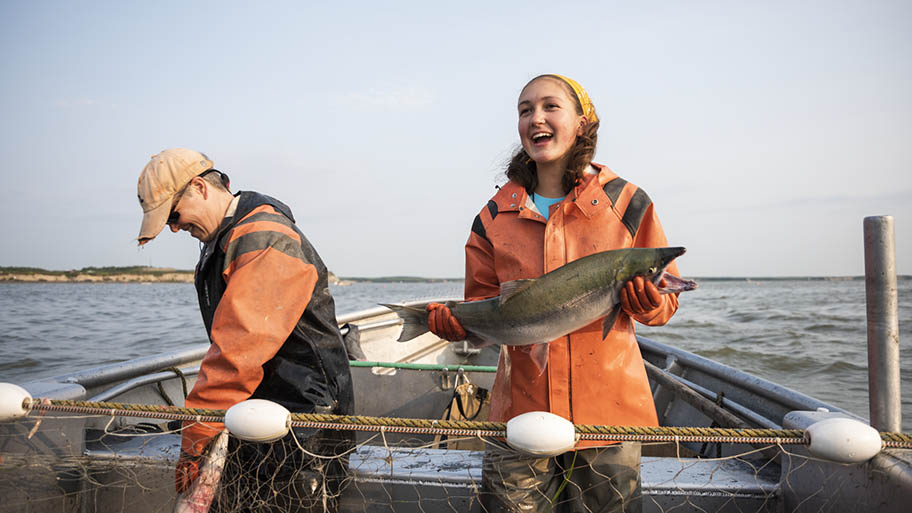
This focus on long-term sustainability has led to incredible innovation and effective management of the fishery. For instance, fish biologists have the ability to make changes to fishing regulations in real-time, even if it’s the middle of the season, in response to changing conditions or new data.
This kind of responsive management means that no matter what situation arises, the health of salmon populations will be prioritized.
So the next time you see the MSC blue fish label on a package of wild Alaska salmon—whether it’s canned, from the fresh fish counter, or lox at the deli—you’ll know it came from a fishery that has valued sustainability since day one.


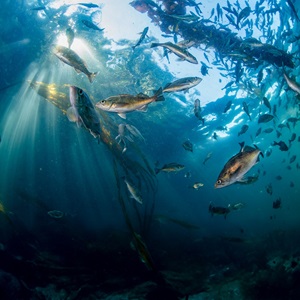
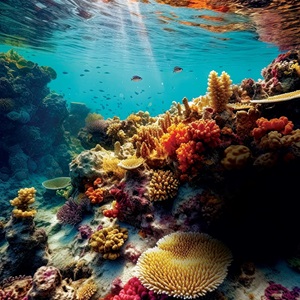
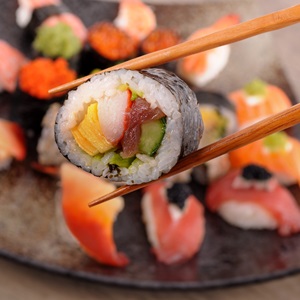
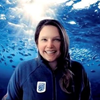
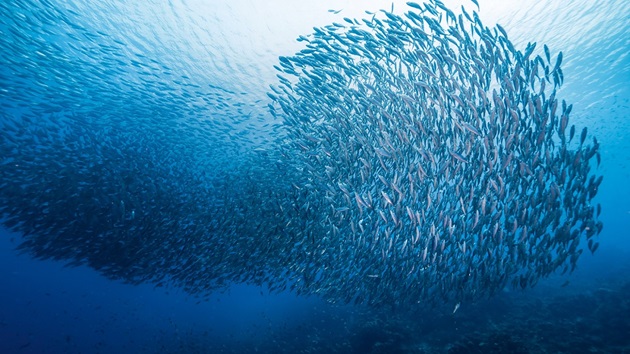
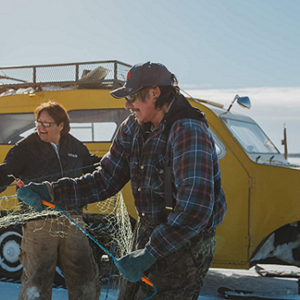

.tmb-thumb300.png?Status=Master&Culture=en-US&sfvrsn=99d138bd_1)
